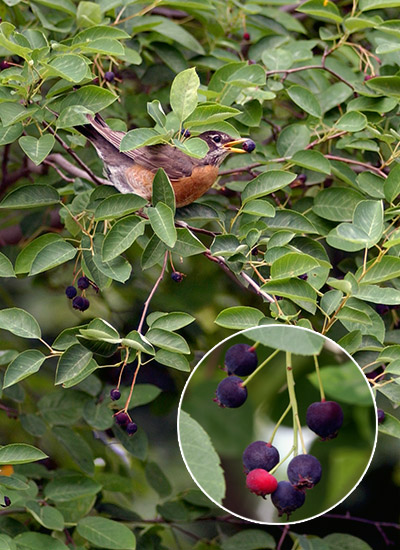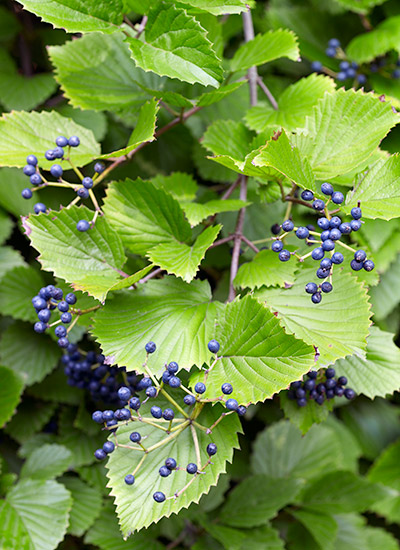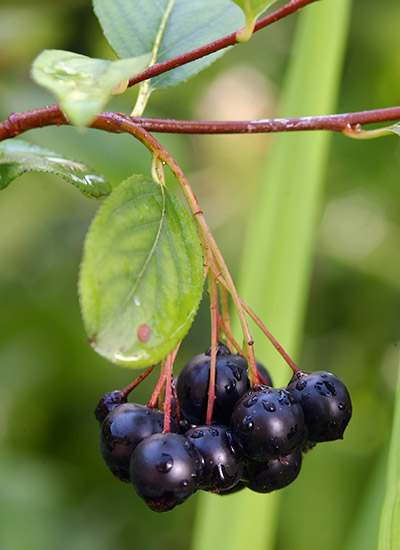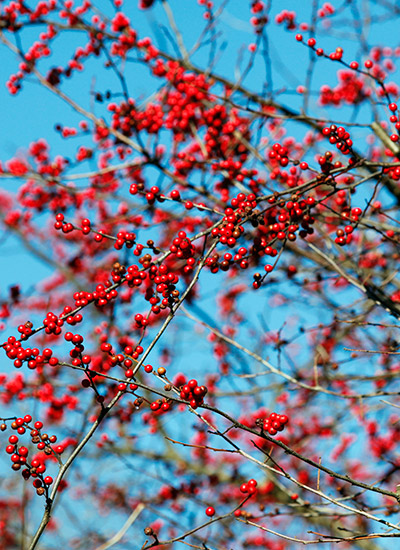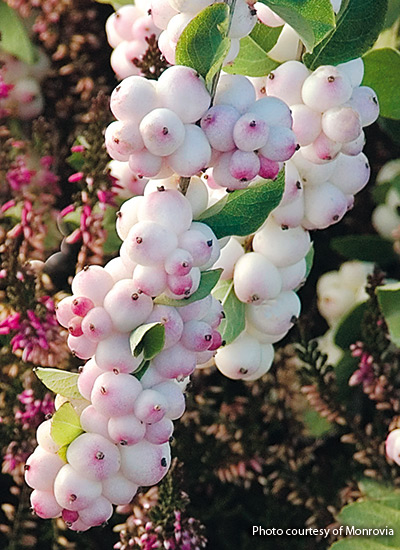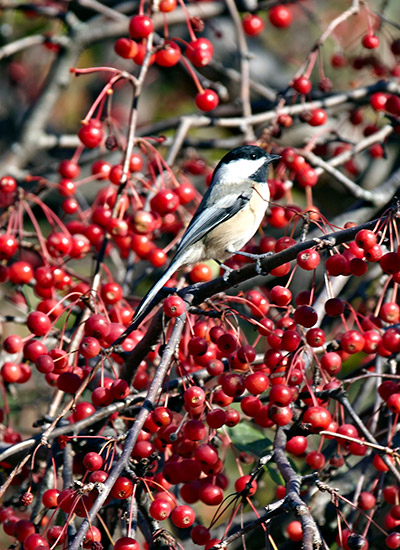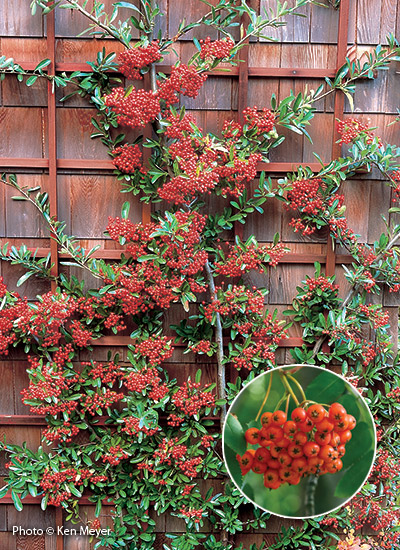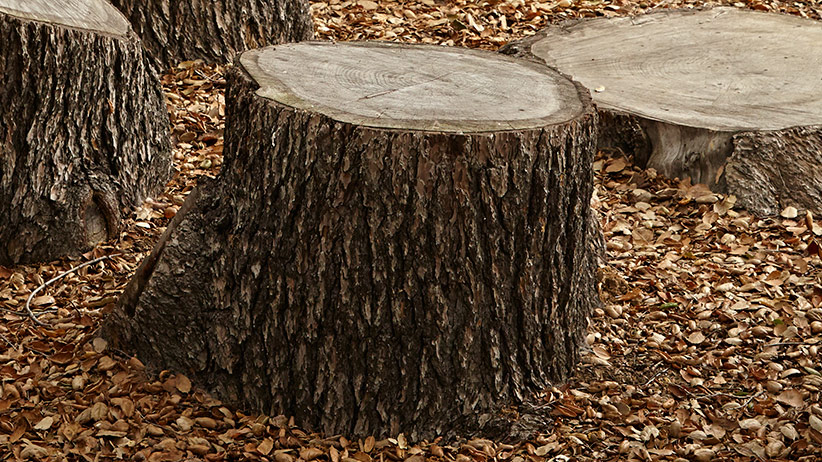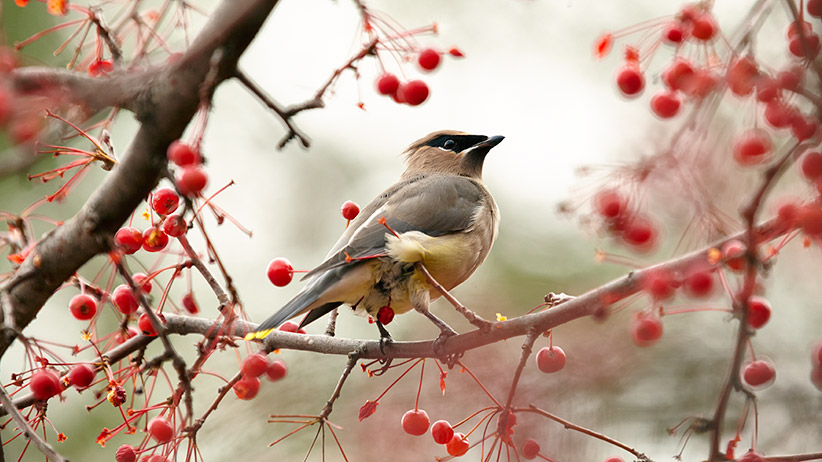
Grow berries for the birds
One of the easiest and most efficient ways to invite birds to your garden is by planting berry-producing plants. These plants with berries will attract songbirds and other feathered friends to your yard for years to come. Not only are berries among the most natural and essential food sources for birds, they’re also easy to grow. Berries (and other fruits) are the icing on the cake, the final act before winter finally shuts down the garden. And many plants go out with a bang!
Red, orange, blue, purple or white, berries glow among leaves or on bare stems, transforming an already attractive plant into a work of art. And many berry plants hold their fruit into winter, sometimes even until spring, giving you an extra season or two of interest.
You Might Also Like:
7 Ways to Use Conifers in the Garden
DIY Bird Feeder Wreath
6 Plants Birds Love
Terra-Cotta Bird Feeder Project
Winter fuel for feathered friends
The colorful berries you see on trees, shrubs and even some annuals and perennials are lovely to look at. But they’re not there just to be beautiful. While these colorful fruits are really for reproduction, if you only grow these plants for one reason, do it for the birds. Winter’s just around the corner, and they’re looking for a high-energy meal to get them ready for cold weather. Sure, you can buy bird food, but don’t you prefer your produce homegrown?
Pretty & practical plants
Make sure you put these plants where you can enjoy them. For example, the bright red fruits of a crabapple or winterberry look great from a distance. But others are more subtle, like the white fruits of snowberry. Grow these near a path where you can admire them up close.
You Might Also Like:
5 Multiseason Shrubs
DIY Suet Cake Recipes for Birds
Shrubs with Fall Foliage
Winter Garden Ideas
Plant a bird banquet
Birds can sometimes be picky eaters. Like children, they’ll often eat their favorites first. But give them time, or a very cold winter, and the birds that stick around will eventually eat the rest. To make sure your feathered guests have choices, it’s a great idea to grow a variety of plants, such as annuals, perennials and grasses, that have edible seeds, too. The plants may not be as showy, however the birds will spend more time visiting your garden if you provide lots of options. Since gardeners enjoy colorful autumn fruit almost as much as the birds, let’s take a look at some of the best and brightest Mother Nature has to share.



